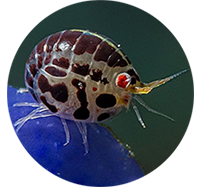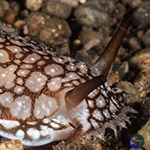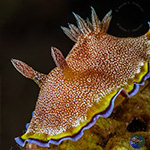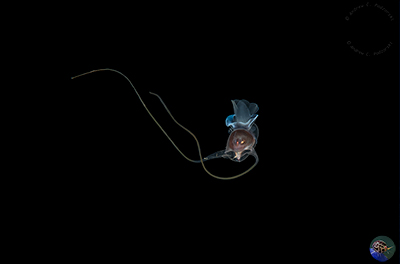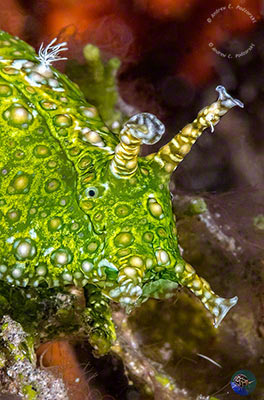Pteropoda

These pelagic opistobranchs migrate through the water column, coming towards the surface during dark nights. In cold waters some such as the sea butterflies (Cymbulia) occur in such numbers that they are an important food source for whales, penguins and fish. In Indo-pacific waters they can also be common though not in such numbers.
Clavelina tridantata can sometimes be seen in huge numbers on black water dives. The light brown protoconch can be clearly seen through the transparent body. After such mass gatherings, masses of protoconchs can be found on reefs and washed up on beaches.



Anaspidea

Sea Hares have an internal shell, and are well-camoflaged algae eaters. Many are large to very large and can swim. Some species can release a jet of pigment in defense, but unlike the pigment of an octopus or squid, it is not mucous bound and this disperses quickly.
They often have good chemical defenses, and produce slime to deter predators. A number of species are collected for food.
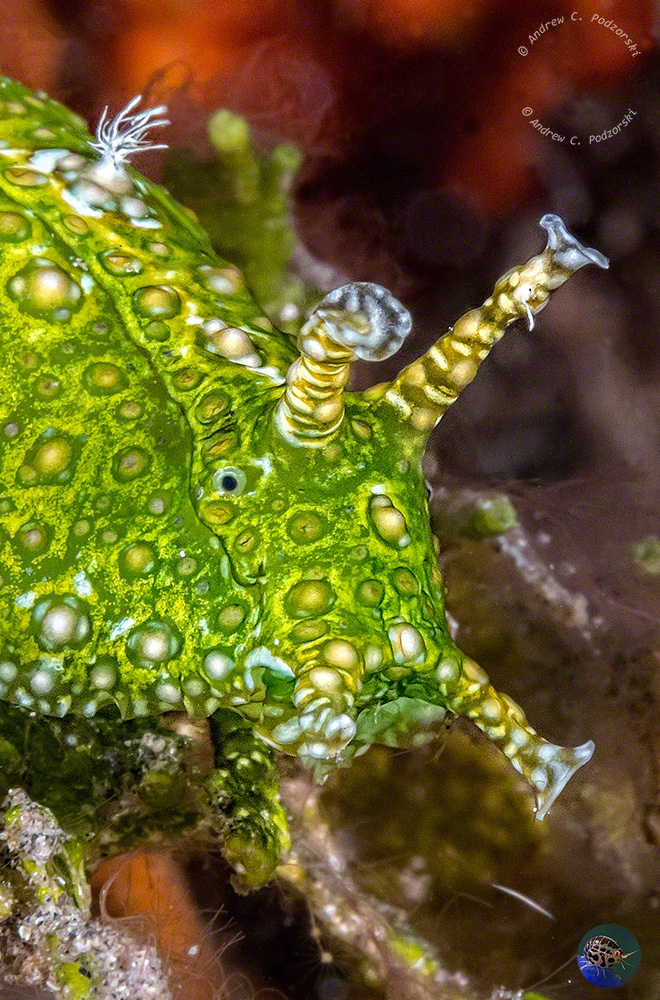
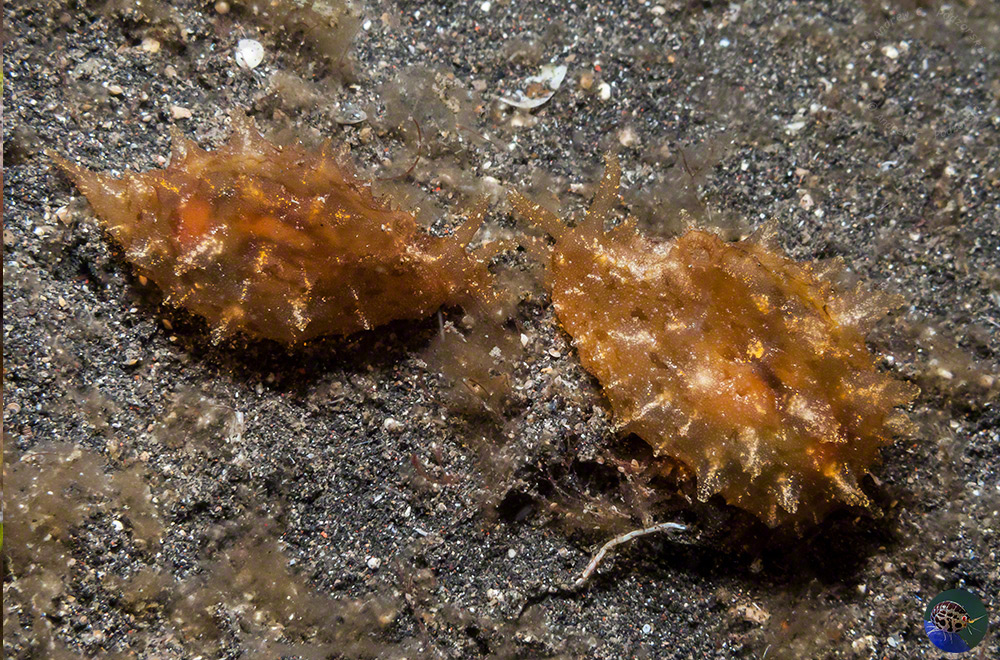


Umbraculoidea

Umbraculum umbraculum is the Umbrella Shell a diver is most likely to encounter. It is large, night-active, has a flat shell on its' upper surface.

